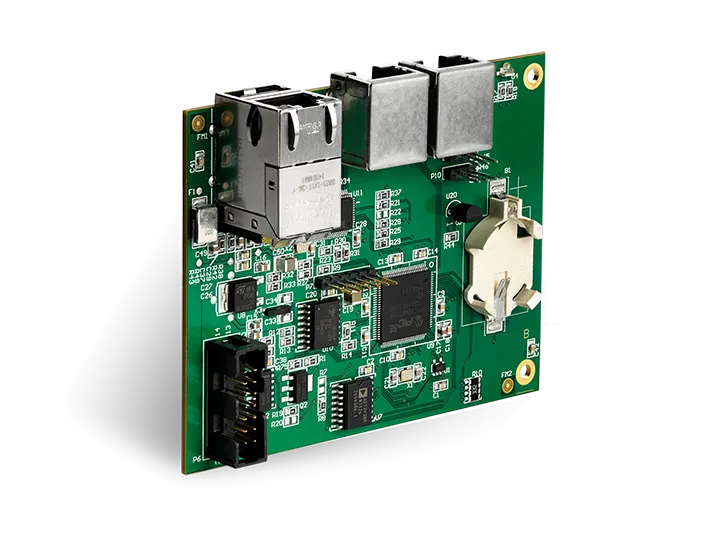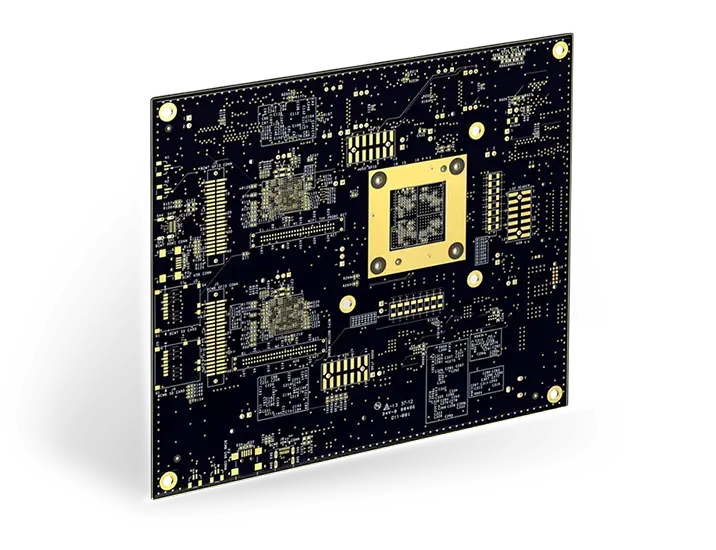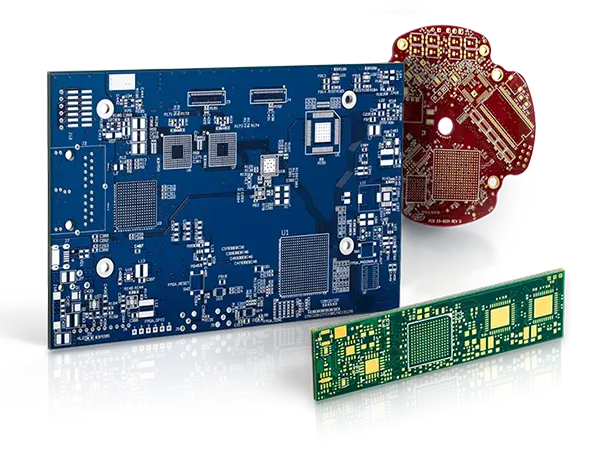Webinar: Design Considerations for Integrating Antennas into RF PCBs
REGISTER NOW
April 2nd, 2025 | 10 AM PT
COST: FREE
-
2
Days
-
1
Hours
-
20
Minutes
-
24
Seconds
Vandana CC
Engineering Project Coordinator at Sierra Circuits
This webinar will be hosted on Zoom.
Following this event, you will receive:
-
Presentation slides
-
Recording
Webinar abstract:
Integrating antennas in RF PCBs requires a precise balance between electrical and mechanical aspects. From material selection to impedance matching— every design detail plays a crucial role. Overlooking these factors might lead to signal reflections, excessive power consumption, and insertion loss.
In this webinar, you’ll learn the practical design tips for successfully incorporating antennas into radio-frequency boards.
Strategies for integrating antennas in RF PCBs
First, you need to select the right antenna for your application. Consider operating frequency, receiver sensitivity, gain, bandwidth, and physical dimensions. Ensure the antenna’s bandwidth aligns with your operating frequency range, such as 2.4 GHz for Wi-Fi or 28 GHz for 5G.
For GPS and Wi-Fi devices, use patch antennas as they offer smooth integration. If your design requires uniform coverage in all directions, dipole antennas with omnidirectional patterns are a great choice. For compact IoT systems and smartphones, incorporate chip antennas and inverted-F antennas (IFA).
After selecting the antenna, focus on integrating it effectively into the board by choosing the right PCB laminate. Opt for materials with a low dielectric constant (<4) and low dissipation factor (<0.005), such as PTFE, ceramic-filled PTFE, FEP, or high-speed non-PTFE materials.
Register now!
Achieving controlled impedance is another important element in antenna integration. Mismatched impedance might lead to signal reflections and reduced efficiency. To prevent this, optimize the trace width and spacing to achieve the desired impedance. Implement matching networks like LC circuits or pi-networks to align the antenna’s impedance with the transmission line. Keep the line length between the antenna and RF circuitry as short as possible to avoid unwanted stubs.
To minimize EMI, use a solid and continuous ground plane. Position ground vias near the antenna feed point to create a direct low-impedance return path. For optimal results, aim for a spacing of λ/8 to λ/10 between adjacent vias.
Stick to design for manufacturing (DFM) rules when designing RF PCBs with antennas. Maintain sufficient clearance between the antenna and nearby components to prevent coupling. Collaborate with your CM early in the design phase to finalize antenna dimensions, materials, and tolerances.
Register for this webinar to gain insights into antenna selection, placement, and impedance matching techniques. Stay ahead in RF antenna integration—sign up now!
Webinar agenda:
- Selecting the right antenna for your RF PCBs
- ○ Key factors to consider: Receiver’s sensitivity, gain, bandwidth, and size
- Common PCB antenna types: Patch, dipole, monopole, inverted-F (IFA), and chip antennas
- Design strategies for integrating antennas into RF PCBs
- ○ Tips for selecting the right material
- ○ Guidelines to achieve controlled impedance
- ○ Best grounding practices
- ○ Thermal management techniques
- Challenges in fabricating and assembling RF boards
- Design for manufacturing (DFM) rules for PCBs with antennas
- Regulatory standards for RF PCBs: FCC part 15C, IEEE 802.11, and IPC-2141A

About Vandana CC
With a strong foundation in physics, Vandana CC brings a deep technical understanding to her work in PCB design and electronics manufacturing. She holds a Master’s in Physics and has experience teaching before transitioning into research at the Indian Institute of Science.
At Sierra Circuits, Vandana has played a key role in R&D projects, contributing to the development of engineering tools and calculators, technical content creation, and customer demos. Currently, she focuses on project coordination, ensuring seamless collaboration both within the team and with external partners. Her expertise bridges the gap between technical innovation and practical application, making her an integral part of Sierra Circuits' engineering efforts.



